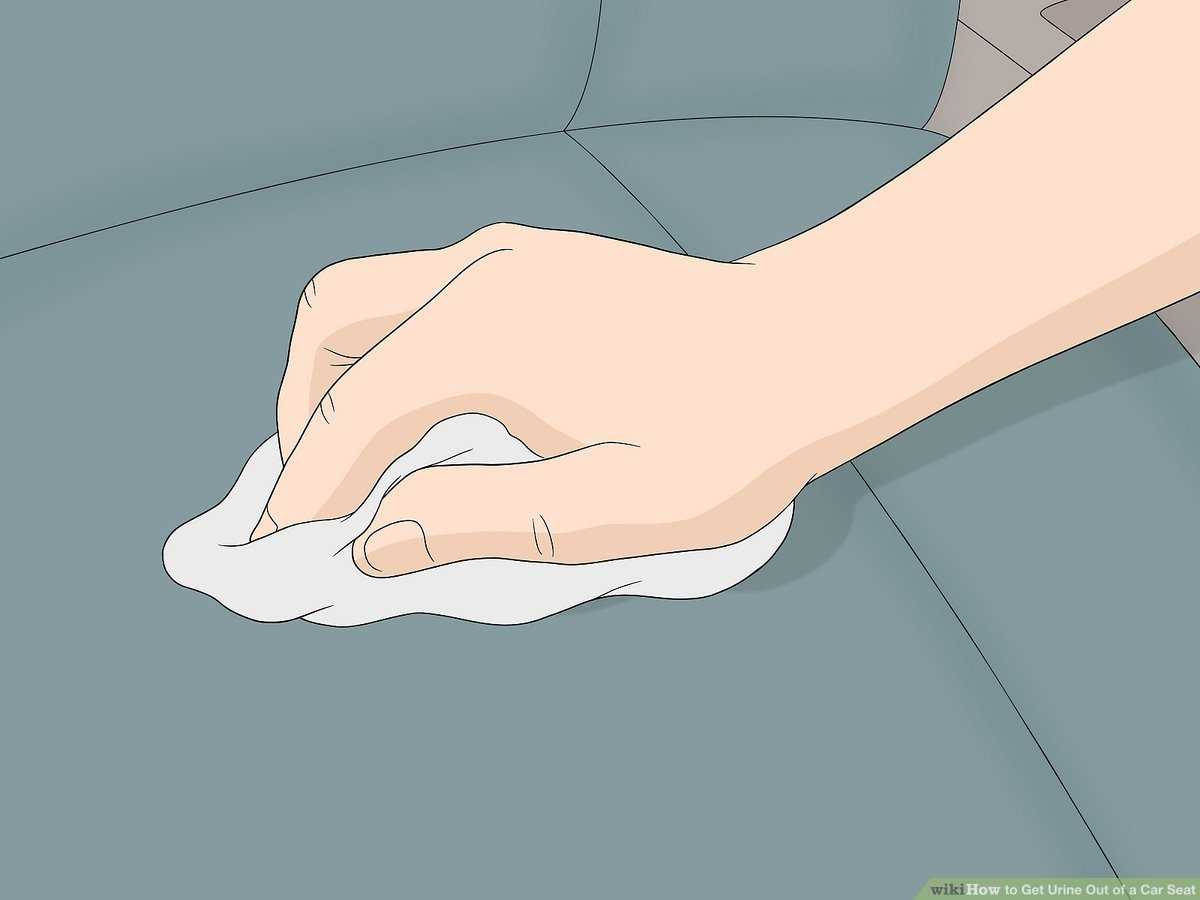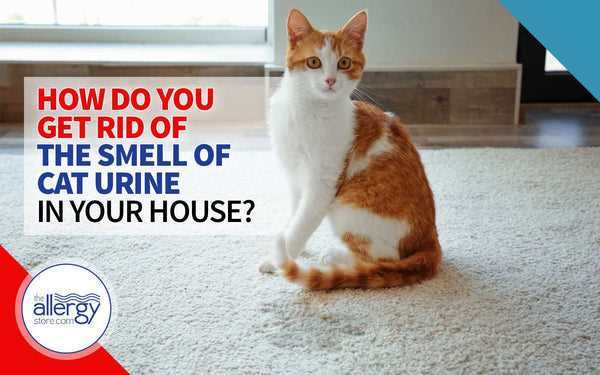



First, grab some white vinegar and mix it with water in a spray bottle. This simple solution neutralizes odors effectively. Spray the affected areas lightly, ensuring not to soak the upholstery, and let it sit for a few minutes before blotting with a clean cloth. This method is safe and natural, making it a go-to for many.
Next, consider using baking soda. Sprinkle it liberally over the seats and carpets, then leave it for several hours or overnight. Baking soda absorbs odors, and once you’re ready, vacuum the area thoroughly to remove any residue. This step is crucial for maintaining a fresh environment.
If the problem persists, look into enzymatic cleaners specifically designed for organic stains. These products break down the substances causing the odor, providing a deeper clean. Apply according to the instructions, allowing it to penetrate the material for maximum effectiveness.
Lastly, ensure proper ventilation. Keeping windows open for a while helps air circulate, further diminishing any lingering scents. Regular maintenance and prompt action will keep your space fresh and inviting.
Identifying the Source of the Odor

First, check the upholstery. Look for any damp spots or discoloration, as these can indicate where the issue is hiding. Use your nose and paws to help find the problem areas. If you detect a stronger scent in certain spots, that’s a clue.
Inspecting the Floor Mats
Remove the floor mats and examine them closely. Sometimes, the source can be trapped beneath or within these surfaces. Give them a sniff; if they carry a strong scent, they might need extra attention or replacement.
Checking the Crevices
Don’t forget about the small gaps and crevices. Use a flashlight to inspect hard-to-reach spots. If you find any remnants, clean these areas thoroughly. It’s important to address even the smallest traces to prevent any lingering odors.
Choosing the Right Cleaning Solutions
I recommend using enzymatic cleaners, as they break down the organic compounds in the troublesome liquid. Look for products specifically designed for pet messes; they often contain enzymes that neutralize odors at the source. Brands like Nature’s Miracle and Rocco & Roxie are popular choices among humans.
Vinegar is another effective option. Mix equal parts of water and white vinegar in a spray bottle, then apply it to the affected area. The acidic nature of vinegar helps to eliminate unpleasant scents. After spraying, blot the area with a cloth to absorb excess moisture.
Baking soda works wonders as well. After cleaning the spot, sprinkle a generous amount over the area and let it sit for several hours or overnight. This will absorb lingering odors. Vacuum it up afterward to restore the freshness of the fabric.
For fabrics, a diluted solution of dish soap and water can be applied. Gently scrub the area, then rinse with clean water. Ensure the spot dries completely to prevent mold or mildew.
Always test any solution on a small, inconspicuous area first to ensure it won’t damage the material. This way, you can keep everything looking and smelling fresh without causing harm.
Step-by-Step Cleaning Process for Upholstery
Begin with removing any solid waste and blotting excess liquid. Use paper towels or a clean cloth, applying pressure without rubbing to avoid spreading the liquid further.
Apply a Cleaning Solution
Choose a suitable cleaning solution, such as a mix of white vinegar and water or an enzymatic cleaner specifically formulated for pet odors. Spray it on the affected area and let it sit for 10-15 minutes to break down the odor-causing substances.
Scrub and Rinse

Using a soft brush or cloth, gently scrub the area to lift stains. Afterwards, dampen a clean cloth with plain water and wipe the area to remove any cleaning solution residue. Ensure the upholstery is not overly wet, as excess moisture can lead to mold.
Once the area is clean, allow it to air dry completely. For persistent odors, consider using baking soda sprinkled over the area after it dries. Let it sit for several hours before vacuuming it up. This helps absorb any lingering scents.
If you’re a busy human looking for help while you’re away, check out the best pet sitting apps for cats to keep your furry friends happy while you’re gone.
Dealing with Hard Surfaces and Carpets
Focus on using enzymatic cleaners specifically designed for tough odors. These products break down residues effectively, ensuring complete elimination. For hard surfaces, spray the cleaner directly and wipe with a microfiber cloth, reaching corners and crevices where the scent may linger.
For Hard Surfaces
Apply a mixture of vinegar and water if you prefer a DIY approach. Combine equal parts and use a spray bottle for application. After spraying, let it sit for a few minutes before wiping. Always follow up with a rinse using clean water to avoid any lingering vinegar odor.
For Carpets
Blot any excess liquid with paper towels. Avoid rubbing, as this can spread the issue. Sprinkle baking soda generously over the area after applying the cleaner. Leave it for several hours or overnight, then vacuum thoroughly. Baking soda absorbs remaining odors, ensuring a fresher environment.
Neutralizing Remaining Odors with Natural Remedies
Vinegar is a powerful ally against lingering scents. Mix equal parts of white vinegar and water in a spray bottle. Lightly mist the affected areas, allowing it to air dry. The acetic acid in vinegar neutralizes odors effectively.
Baking soda is another fantastic option. Sprinkle it generously over surfaces where the aroma persists. Let it sit for several hours or overnight, then vacuum it up. This method absorbs and neutralizes unpleasant scents.
Essential oils can add a fresh scent while combating odors. Combine a few drops of oils like lavender or tea tree with water in a spray bottle. Lightly mist the area after cleaning. The natural properties of these oils help mask and eliminate unwanted fragrances.
Activated charcoal is excellent for absorbing odors. Place some in a breathable bag or container and leave it in the vehicle. It works passively to purify the air over time.
For tougher cases, a mixture of hydrogen peroxide, baking soda, and dish soap can be effective. Mix a quarter cup of each and apply it to the surfaces needing treatment. Allow it to sit for a while before rinsing off. This solution tackles stubborn remnants.
For more tips on maintenance, check out are honda lawn mowers easy to service.
Preventing Future Incidents in Your Vehicle
To keep my territory fresh, I suggest using pet-friendly seat covers. These protect upholstery and can be easily washed. They also create a barrier against any future accidents.
Establishing a designated area for me to travel is crucial. A specific spot with my favorite blanket can help me feel secure and minimize unwanted mishaps.
Regularly cleaning the vehicle’s interior will help maintain a pleasant environment. A quick vacuum and wipe-down after every trip can make a big difference.
Consider using odor-neutralizing sprays specifically formulated for automotive use. These can be effective in suppressing smells before they become a problem.
Training sessions are beneficial. Reinforcing good behavior when I’m in the vehicle can lead to fewer incidents. Positive reinforcement works wonders.
Lastly, keeping my litter box clean and accessible before any journey is key. A tidy box means I’m less likely to seek alternatives while on the road.









